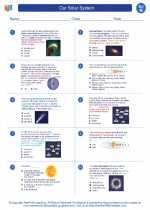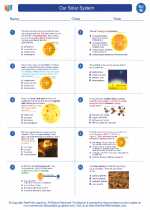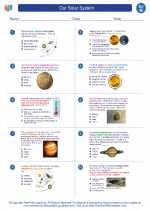Our Solar System -> radiative zone
Radiative Zone
The radiative zone is a region in the interior of a star where energy is transported through the bulk of the material via radiation. In this zone, photons (particles of light) are constantly emitted, absorbed, and re-emitted by the dense matter in the star, allowing the energy to slowly diffuse outwards.
The radiative zone is located between the stellar core (where nuclear fusion occurs) and the convective zone (where energy is transported by the movement of hot gas). In this region, the temperature and pressure are high enough to prevent convection, so radiation is the dominant mechanism for energy transport.
Within the radiative zone, the photons travel relatively short distances before being absorbed and then re-emitted in a random direction. This process continues as the photons gradually make their way toward the star's surface, where they are eventually released as visible light, heat, and other forms of electromagnetic radiation.
Key Features of the Radiative Zone:
- Location: Between the stellar core and the convective zone.
- Energy Transport: Dominated by radiation.
- Photon Interactions: Absorption, re-emission, and diffusion.
- Temperature and Pressure: High, preventing convection.
Study Guide:
Here are some key points to remember about the radiative zone:
- Describe the role of the radiative zone in the interior of a star.
- Explain how energy is transported within the radiative zone.
- Compare and contrast the radiative zone with the convective zone in terms of energy transport mechanisms.
- Discuss the significance of temperature and pressure in determining the behavior of the radiative zone.
Use these study guide questions to review the concept of the radiative zone and its importance in stellar structure and energy transport.
.◂Science Worksheets and Study Guides Eighth Grade. Our Solar System

 Worksheet/Answer key
Worksheet/Answer key
 Worksheet/Answer key
Worksheet/Answer key
